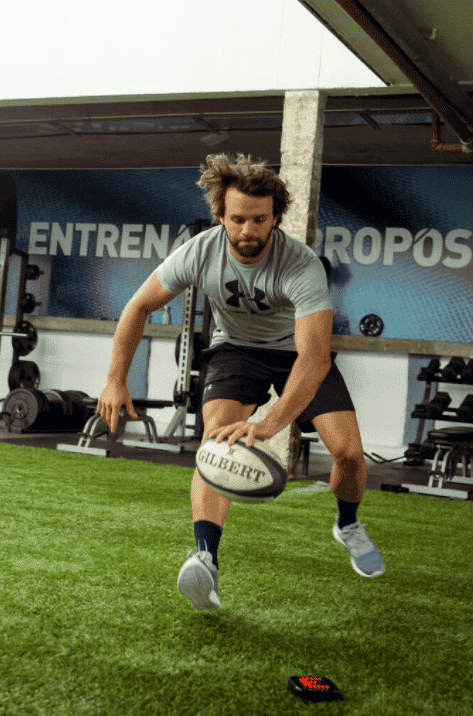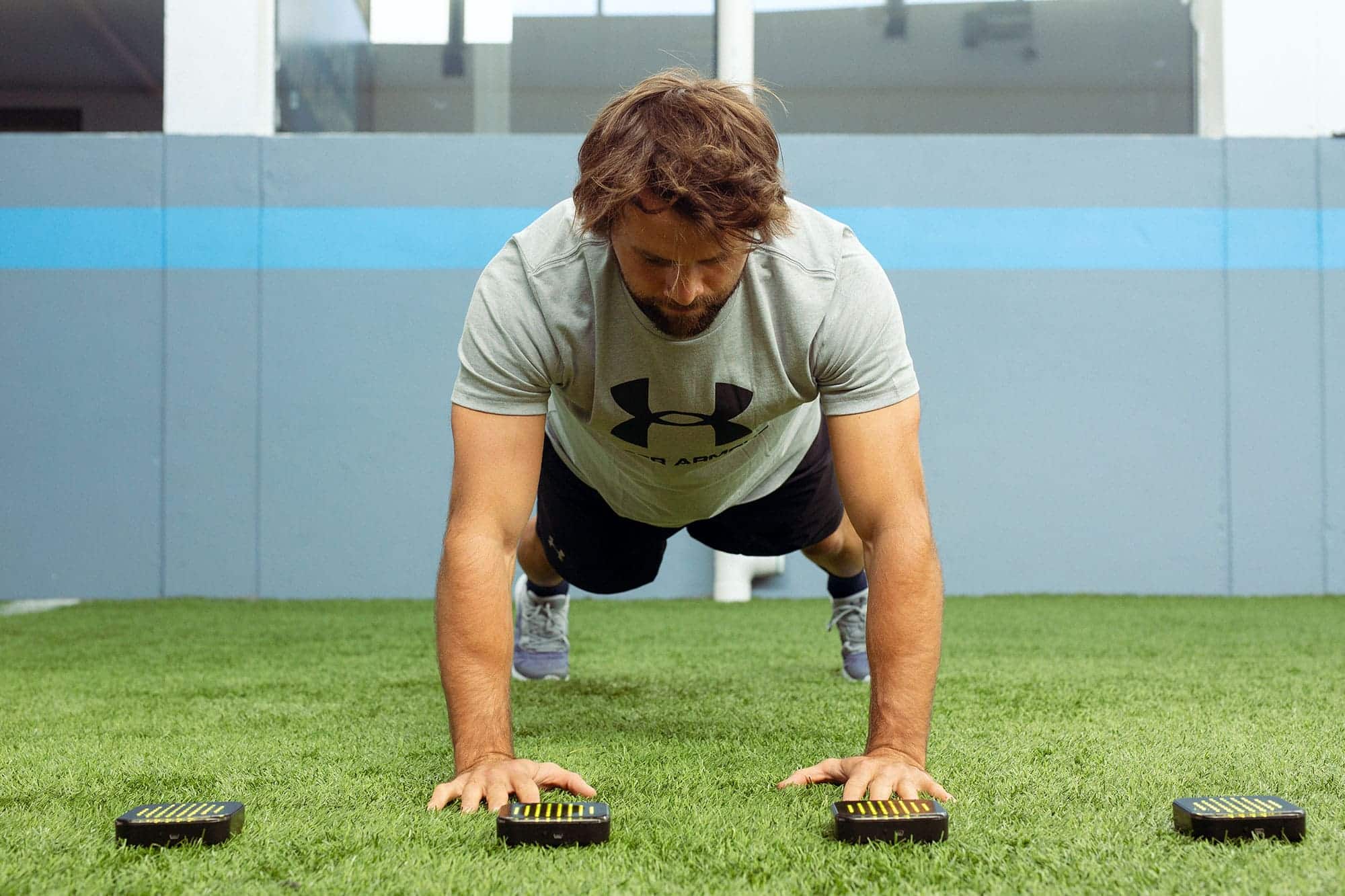In rugby, there are some “key” movements on which it is important to concentrate during physical preparation. These are essentially :
But there is also the overall ability to “read” the progress of a match and the positioning of players in order to make the best decisions (passing the advantage line, avoiding a tackle…). And the fact of managing certain kinds of situations : the dual-task.
Indeed, receiving a ball at the same time as visualizing where the opponents and our teammates are positioned, is the typical example of the superposition of a visual perceptive task (“reading” the placement of the players) and a motor task (handling the oval ball).
However, there is necessarily interference when a cognitive task meets a motor task. However, there is necessarily interference when a cognitive task meets a motor task. Minimizing this interference becomes a crucial issue in sports.
This is where cognitive training comes into its own. In team sports involving many dual-task situations, training the visual processes of dividing attention improves the speed of execution of technical gestures. T. Romeas’ work in 2016 was even able to establish that cognitive-visual training led to better match statistics!


In their work published in 2019, Yannick Daviaux et al. created a precise protocol to study the improvement of performance in case of dual task in high level rugby-women, thanks to a visual work process called Mutiple Object Tracking 3DMOT.
How does it work ? 16 high-level rugbywomen took part in 8 cognitive training sessions spread over 5 weeks. During each session, the participants had to visually identify (via a virtual reality device) 3 target balls mixed with 5 “intruding” balls. In case of success, the speed of movement of the balls slightly increased.
After 5 weeks of training, the maximum tracking speed of the targets only increased, illustrating the improvement in perceptual-cognitive abilities that goes with cognitive training.
With repeated training, the amount of energy required for a cognitive constraint decreases over time. There is then a sort of transfer of resources from the cognitive side to the motor side.
Thus, in rugby, this type of training (targeting the visual processes of dividing attention) could enable athletes to be increasingly capable of handling dual-task situations.
By making the athletes work on dual-task situations, Neural Trainer allows them to improve their decision-making.
As a result, there is as little interference as possible between a motor task and a cognitive task, which are inherent in rugby.

LCE Distribution